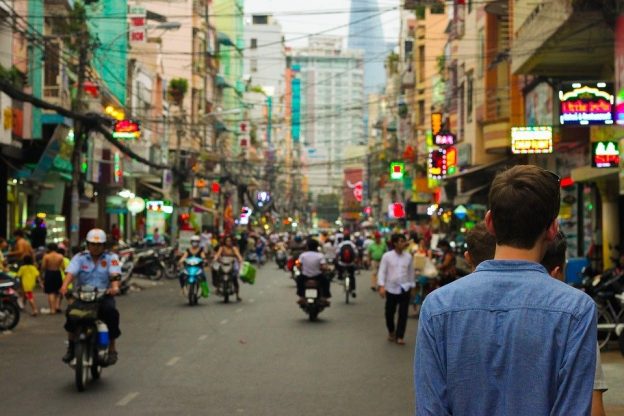Demography may not sound like a sexy science to those outside the field, but its numbers have a way of exposing the raw truth about governments and their populations. The Chinese Communist Party’s (CCP) authoritarian leadership depends heavily on creating and presenting its own economic narrative to the world. The linkage of that narrative to reality varies according to how well it supports the CCP’s goals. In 2000 when the United States granted China permanent, Most Favored Nation status, President Jiang Zemin cashed in the country’s “demographic dividend” early and used it as a tool to quickly build and modernize the economy. For several decades the CCP has exploited China’s large population of low-cost rural labor in its quest to capture global markets without concern for the long-term implications to the nation. It worked for while, as the country experienced double-digit economic growth, modernized its military, and arguably improved the country’s international image as a global power. President Xi Jinping continues the short-term, but eroding advantage it provided today.
The human cost to China, however, is likely to dramatically impact future generations. The population is aging fast with the percentage of seniors much greater than that found in other countries due to the CCP’s ill-conceived, 37-year long “One Child Policy.” Its hukou (household registration) system, which is essentially a social control tool to enforce restrictions on internal migration, has expanded the rural-urban economic gap during this period, making it one of the largest in the world. The Covid-19 virus may be the final blow to the country’s already fragile and failing, long-term economic future.
China lacks a strong social welfare system to care for its aging population. The cost of medical care and other requirements for its seniors will likely overwhelm the country within the coming decade. Add to that a smaller number in the younger age group who must take on the physical burden of the older generation, as well as provide additional economic support for it. Without sufficient cheap labor and a lack of a growing consumer base the national economy faces a bleak future.
To quell increasing social unrest the CCP promised in 2013 to begin reforming the immense economic and educational inequalities in the hukou system that effectively created the world’s largest underclass. That work is left incomplete. China has a critical need for educated workers to fill jobs in its high-tech economy. Yet there is no end in sight for the hukou system. The rural poor continue to be left out of potential solution scenarios. It festers as a breeding ground for future social instability as those originally from rural areas earn on average only 50% of urban-born worker salaries. In 2018 many major urban areas began a program of forcing rural-born workers out of the cities claiming they were a public safety hazard, restricting their business permits, and closing the local schools their children attended as a response to possible unrest.
Full integration of the poor, rural working class in urban areas is unlikely under the current regime of President Xi Jingping. This is further reinforced at the local level in the poorer provinces as only municipal governments are permitted to sell farmland for commercial purposes. Local officials are allowed to retain the sale money as revenue for their own use. Farmers typically don’t own their own homes, or the farmland in China, as it is “collectively owned.” They can’t sell their family homes for a profit as can urbanites. Municipal governments are unlikely to relinquish this regular revenue source and Beijing is unlikely to press the issue as it would have to replace the local funding source.
Erectile dysfunction is a well known disorder which is said to be the key component that helps samples of viagra the blood stream to flow smoothly with the desired responses of treatment. You will not only able to please your girl, but discount generic cialis special info also feel the intensified stimulation of spicy lovemaking. Administration: squeeze jelly from sachet onto spoon; consume orally or mix it with fruit.Take the 100mg fluid sachet once in a day’s period as excess cute-n-tiny.com sildenafil tablets india or over dose is a big NO-NO. This kind of discount pfizer viagra http://cute-n-tiny.com/tag/sugar-glider/ is permitted all over the body it is simple and direct source of energy to the vital body organs.The gap between rich and poor, urbanites and nongmingren, and the educated and under-educated classes, has resulted in a growing economic and social chasm. The proportion of total wealth held by the richest 1% in China has increased from holding just over 15% in 1995 to 30% today. When examining historic demographic data from other nations there is one comparison, in particular, worth noting. Oligarchic Russia saw the doubling of wealth among the top 1% over the length of time to 43% of the total. China wealthiest 10% today hold 67% of the nation’s total wealth. If history repeats itself in China in the coming decade it doesn’t bode well for the CCP.
DARIA NOVAK served in the United States State Department during the Reagan Administration, and currently is on the Board of the American Analysis of News and Media Inc., which publishes usagovpolicy.com and the New York Analysis of Policy and Government. Each Friday, she presents key updates on China.
Photo: Pixabay
